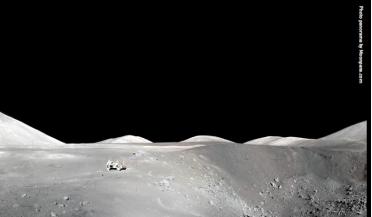 October 2024
Lunar construction with regolith and robots
October 2024
Lunar construction with regolith and robots
...: CAD model of dirty vacuum chamber facility. Future roadmap Driven by a deep scientific understanding of the regolith and in-situ resource utilisation, the proposed roadmap will lead to the creation of a specific data exploitation plan for Lunar and...
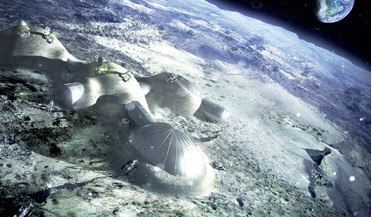 October 2018
Sustainable ways of living on the Moon and Mars
October 2018
Sustainable ways of living on the Moon and Mars
... believe that fuel, air, food and power supplies will need to be locally sourced. So how realistic is the in-situ resource utilisation (ISRU) approach? Nick Spall considers the possibilities of ‘living off the land’ on other worlds by applying...
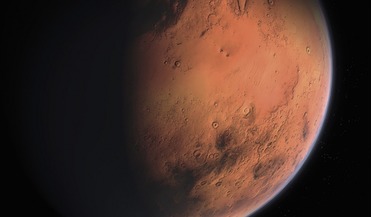 May 2021
In-situ propellant design for Mars ascent vehicles
May 2021
In-situ propellant design for Mars ascent vehicles
...future long-term Mars missions are to be sustainable, we need to develop propulsion systems that utilise locally available in-situ resources from which propellants can be derived. The authors discuss the requirements for a practical rocket system for...
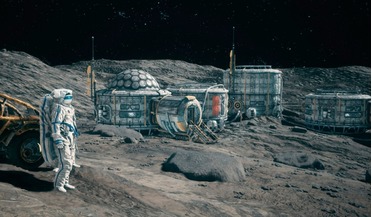 May 2022
Design architecture for 3D printing a lunar habitat
May 2022
Design architecture for 3D printing a lunar habitat
...PhD studies with Swinburne University, Melbourne, Australia investigating lunar metal casting technologies for the future of in situ resource utilisation. Martin Braddock is a scientist and project leader in the UK. He has published over 190 articles...
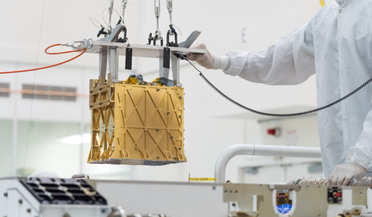 23 April 2021
Mars rover instrument, MOXIE, extracts first oxygen from Red Planet
23 April 2021
Mars rover instrument, MOXIE, extracts first oxygen from Red Planet
... will help future missions “live off the land,” using elements of another world’s environment, also known as in-situ resource utilization. “It’s taking regolith, the substance you find on the ground, and putting it through a processing plant, making...
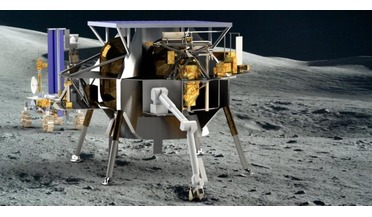 17 May 2021
European startup to produce oxygen from lunar soil for ESA 2025 mission
17 May 2021
European startup to produce oxygen from lunar soil for ESA 2025 mission
... the agency’s up and coming in-situ resource utilisation (ISRU) demonstration mission in 2025. ISRU involves the .... Enabling spacecraft to “fill up” in space with locally sourced resources, such as oxygen, will play a key role in the exploration...